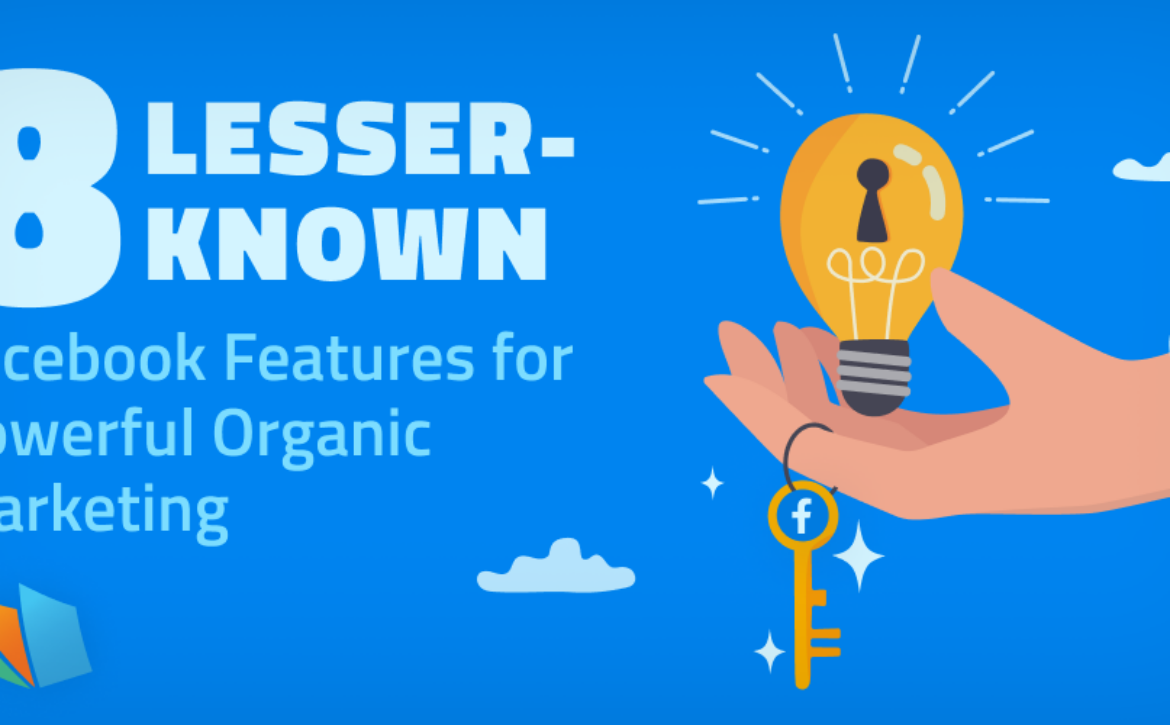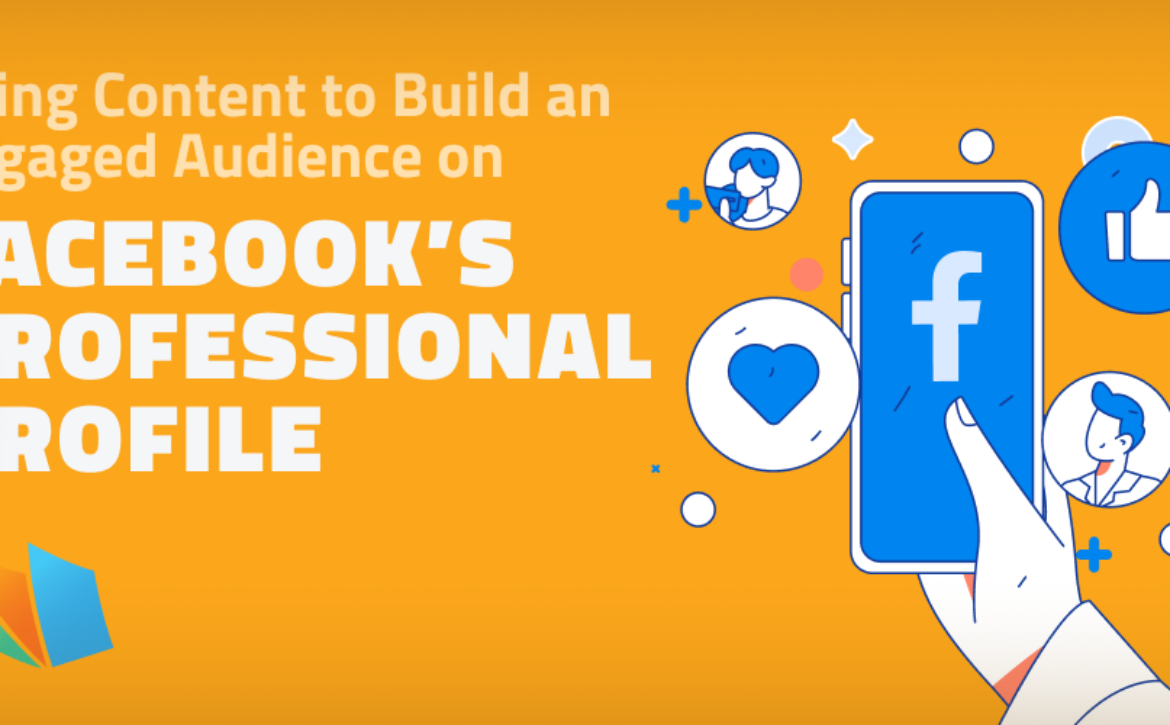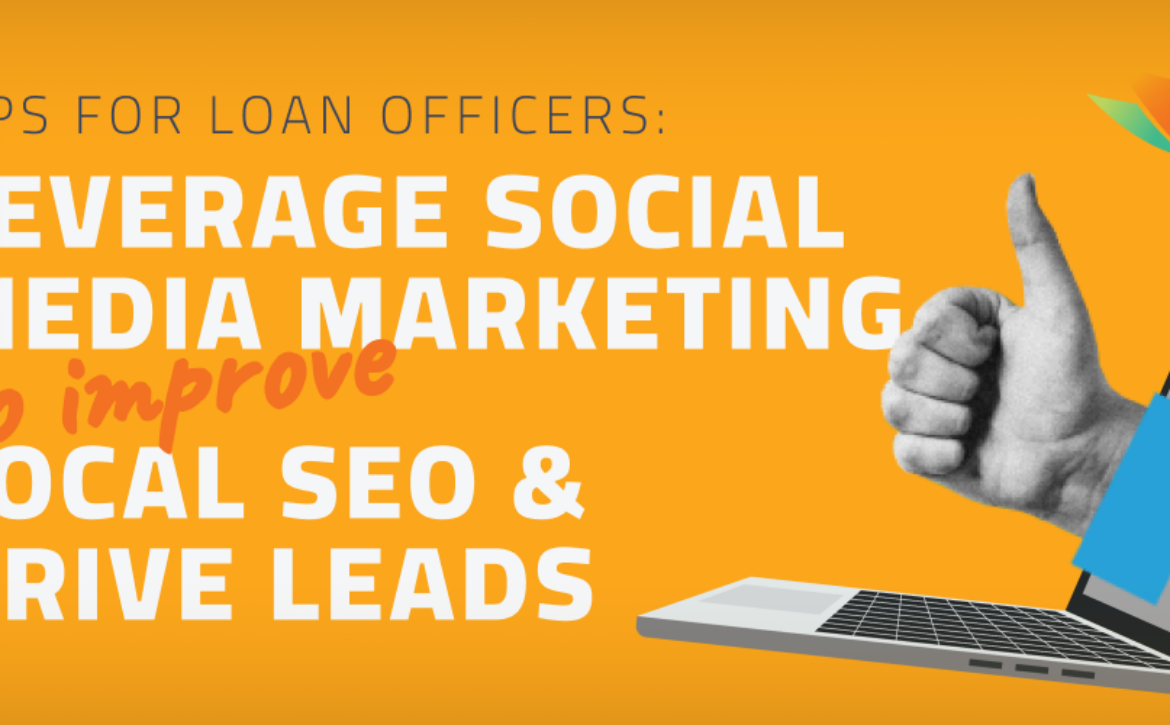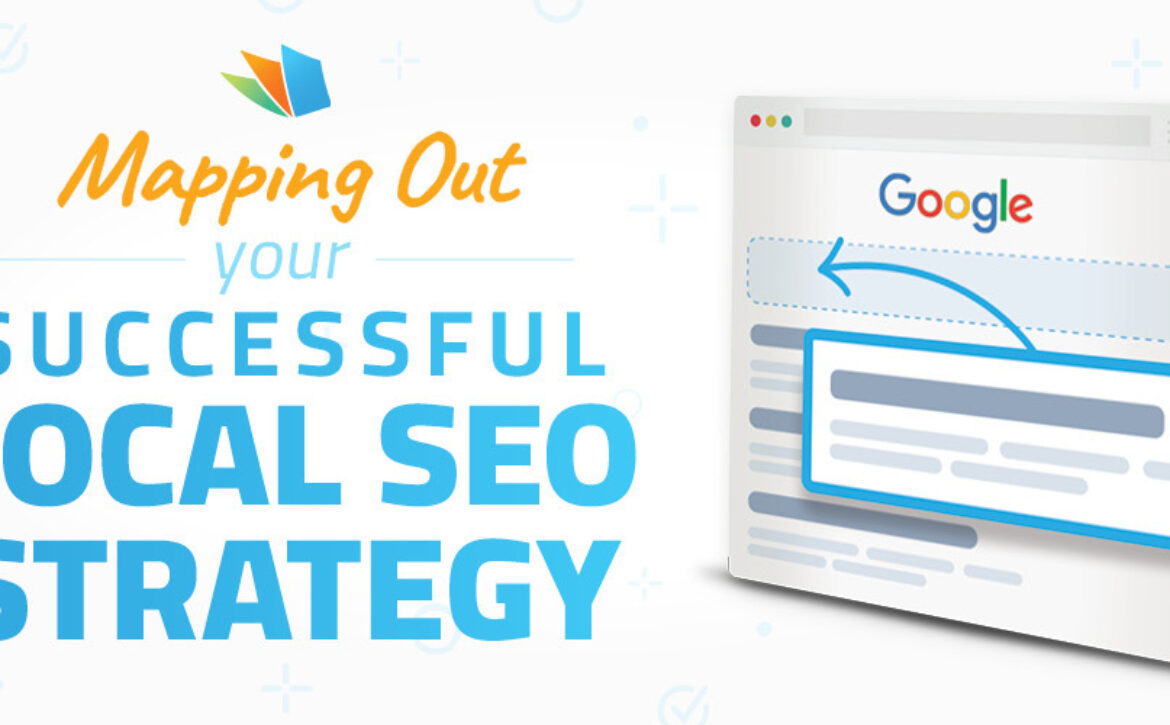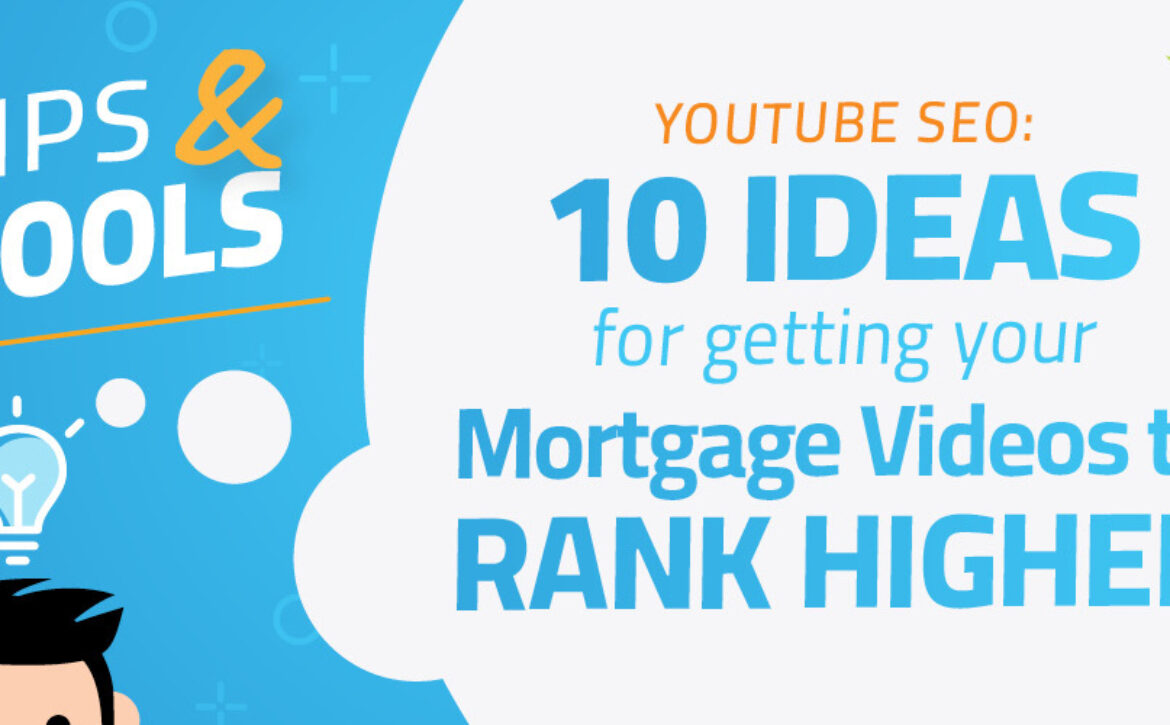Picture this: Your ideal customer, a perfect fit for your target market, eagerly searches for “loan officers near me.” As they hit that search button, a multitude of relevant results floods their screen. The prospect starts scrolling and finds a select few local loan officers. Unfortunately, your business is nowhere to be seen.
Or worse yet, the prospect finds your site but quickly clicks out because it took too long to load –triggering Google to drop your site further and further down search results.
To prevent such nightmares from haunting your business, it’s imperative to keep up with the latest updates for local SEO optimization –particularly page speed. In recent years, page speed has emerged as one of the most critical factors influencing search rankings.
Like LenderHomepage, Google understands that page speed and User Experience work together and play a pivotal role in determining the quality of a website and, ultimately, conversions.
Missing this marker means certain doom for any website.
So take charge of your online presence and search ranking by ensuring that prospective borrowers looking for a local loan officer finds you on their first search. After all, according to Google, 81% of consumers use the search engine to search for a local business (Brightlocal, 2021).
Act now, and secure your spot in the local market to maximize your visibility and success with SEO optimization.
FREE Ebook: Master Digital Presence to Grow Leads!
But before implementing a local SEO strategy on your mortgage website, we need to step back and review something called “intent.” Google uses intent to judge what sort of search result the searcher wants. Is the searcher looking for information? Looking to buy? Looking to compare? All of this determines what type of content Google will display. Tying in “intent” with location further determines search results.
So let’s start there.
Understanding “local intent”
46% of all Google searches have some sort of local intent, and a whopping 97% of users will use Google to find a local business. (Safari Digital, 2021). Because of this, Google offers a handful of features to support geo-targeted searches.
For example, when you search for ‘loan officers in (city name),’ Google will first display results from Google Maps listings and then showcase the traditional ‘10 results per page’ search results.
Now, let’s say that a particular searcher looked up ‘loan officers.’ Even though the user has not mentioned a location in their search query, Google may still display all the loan officers in the user’s area. Some users may even search ‘loan officers near me.’
Again, if the location is detected, Google will do its job of informing the searcher of all the loan officers near where they are located.
Then comes the underlying purpose of the intent of the search query. A transactional intent is where the searcher intends to purchase something now. While informational, commercial, or navigational are other types of intent categories. When it comes to drivers of traffic, those with informational and navigational seem to be the intents with the most volume. When it comes to sales, transactional intent is the big winner –which isn’t surprising since someone that is looking to “apply now” will do just that (it’s just a matter of where).
Now that you have an understanding of the mindset of intent and how that works with the searcher’s location, let’s move on to the strategies to optimize your website to gain local traffic.
Best loan officer strategies for SEO: Your Plan for Implementing Local SEO
Improve Page Speed for Instant SEO Boost
Page speed, also known as load speed, plays a critical role in SEO by determining how fast a page’s content appears. Different factors, like web hosting and page size, affect how quickly a page loads, and this can vary between desktop and mobile versions. Faster loading times improve SEO because it enhances the user experience –essentially, the longer the load time, the more likely it is for a user to click out.
So if Google detects that a page takes longer than 3 seconds to load, the search engine will drop your ranking. Conversely, a mortgage site with optimized load speed will get an instant SEO boost.
There are several strategies that you can implement to improve your page speed. The easiest one would be to use a mortgage website platform that addresses these factors for you, but if you prefer to hire a developer to work on your existing site, these are items you’ll want to overhaul:
- Optimize image files: Compress images to reduce their file size without compromising quality.
- Minify code: Remove unnecessary characters, whitespace, and comments from JavaScript, CSS, and HTML files to make them smaller and load faster.
- Reduce HTTP requests: Combine or eliminate unnecessary scripts, stylesheets, and other resources to minimize the number of requests the browser needs to make.
- Enable browser caching: Configure caching headers to allow the browser to store certain elements of your website, reducing the need to download them on subsequent visits.
- Use a content delivery network (CDN): Distribute your website’s content across multiple servers geographically to deliver it to users from the server closest to their location, reducing latency.
- Optimize server response time: Improve the server’s processing speed and reduce the time it takes to respond to requests from the browser.
- Minimize redirects: Reduce the number of redirects on your website to minimize the additional time required for the browser to reach the final destination.
Add location-based keywords to your website copy.
We all know that the right keywords are what bring the traffic in. So do your research! There are a handful of free keyword research tools that you can use to find out what the hot local keywords related to your industry are. Here are some of our favorites.
Google Search Console: Search Console is free to set up for any business, and the tool has many benefits. You can see the number of impressions, clicks, and average position for each of your web pages, and you can filter the timeline for when you want Google to gather the results.
If you go to the ‘Queries’ section, you can see what search terms people are searching for, where your website shows up, and what position you are in for that search query. This is helpful because if you are showing up as the 80th result for a local search term, you know you need to optimize for that search query better.
Free Keyword Planners: There are several free keyword research tools out there to try. Most limit the results displayed on the free versions. However, they present a fair enough amount of data to be a valuable resource.
Google Keyword Planner: Although built for Google Ads, you can still get a pretty good idea of what keywords are good for regular organic search copy.
Google Suggest and Related Searches: Did you know you do not need to use an external third-party tool to research your keyword? Google itself presents suggestions and related searches when you type in a topic into the search engine.
The suggestions are presented as you are typing in the query. For example, if you are typing in ‘loan officer…’, Google may suggest that you search for ‘loan officers near me’ or ‘loan officers in California.’ That should give you some ideas for local keywords. As for related searches, you can find these when you go to the bottom of the search results page. The page will give you very similar ideas to the Google Suggest feature.
You can even ask your friends and loved ones for local keyword ideas! Ask them what they would search for if they were looking for local loan officers.
Keep in mind that optimizing your mortgage website for local SEO is one of the best lead-generation strategies for mortgage lenders too!
Dominate Your Local Market: FREE Digital Presence Ebook
Optimize your web pages for on-page SEO.
This is where you go all in and ensure your local keywords from step one are integrated into your website. There are many ways you can do this. The best place to start is your contact page. Do you have your physical address on your contact page? This would also be a great place to add headings such as ‘Best Loan Officer in (your city, state).’
Along with your contact page, make sure that the headings throughout your website have a healthy amount of local keywords added in. Do your title tags and meta descriptions mention your location?
This is one of the best ways for your audience to find you. Of course, you’ll also want to optimize your blog articles, loan program pages, and images with alt tags!
Tip: Don’t forget to optimize for voice searches! A good way to do this is by adding questions that people often search for in your headings. You can use www.answerthepublic.com to find out what types of questions people search for regarding your topic.
Make your mortgage website responsive and mobile-friendly.
Although this is easy to miss, you want to ensure that your mortgage website is mobile-friendly. This is because many search engines, such as Google, have mobile-first indexing.
Use a free tool from Google Search Console called the Mobile-Friendly Test to ensure your site is up to speed and has no issues rendering on mobile. Hint: If you use a LenderHomePage mortgage site, you can rest assured that it’s responsive and mobile-friendly!
Create a Google Business profile
Creating a Google Business profile opens up another opportunity to bring in local traffic. This will allow you to appear in the Google Maps results that list all the registered businesses in the area. It is completely free to create a business profile on Google.
When creating your profile, make sure that you add high-resolution pictures of your business with good lighting, have a proper description that compliments your business, describe your offerings, request your best clients to leave reviews, and make sure that your address, hours of operation, and name of your business are correct.
The more relevant your description is to what your audience is searching for, the more likely it is to appear higher in the Google Maps results.
Then, you need to monitor your listing every now and then and make any changes as needed.
Tip: Along with asking your best clients to leave reviews on your Google Business listing, you can also request them to leave a review on other directories such as Yelp, Trustpilot, etc. However, you don’t want to pay for reviews. Make sure the reviews are authentic and not spam-like.
Don’t forget directory sites
Once you have tackled the Google Business listing, you can move on to getting your business listed on other directory sites such as Yelp and Yellowpages.com.
The most important thing to remember when listing your business on these sites is that the information must be consistent on every website. This helps Google recognize your business more easily to help it rank higher for relevant search terms.
Stand Out, Reach Mortgage Audiences: Free Ebook!
Build high-quality local links to your website
Link-building is a process in which one website links to another site, giving the linked site more SEO value. When doing link-building outreach to secure links on other sites, you first want to ensure that the website you’re trying to build links on is relevant to your niche.
So a high-traffic informational website on the latest films and TV shows will not be relevant for your mortgage business. However, given the right content and context, linking to a local home contractor or pet adoption website might be perfect.
Reach out to the top local publications and businesses in your area, and see if they are willing to partner with you in some way so that you can give them an opportunity to link to your website.
You also want to remember to build links on sites with a higher domain authority score. Tools such as Ahrefs and Semrush are great for finding out the Domain score of a website.
Link-building is not an easy process and will require a great deal of patience and effort. However, if your efforts are consistent, you will certainly start seeing your rankings improve in search engines.
Post on your social media channels to boost engagement
Many homeowners lurk around on social media, so you must make your business visible on all the social channels you can think of. Plus, Bing search engine – which still holds about 10% of all internet traffic –uses social media as a factor in their search ranking. Posting frequent and relevant content can get challenging for a single LO, so consider using an intern or a scheduling tool to plan ahead. This, at the very least, can help take some of the load off of your plate.
For a more comprehensive solution, use a mortgage marketing specialist who can do the heavy lifting. Check out our social media marketing service for more information.
It helps eliminate competition from businesses farther away from you, and you can further optimize for local SEO with Google Maps. Did you know that 86% of consumers rely on Google Maps to find the location of a business (Backlinko, 2020)?
There is no reason you should wait to optimize your website to garner local traffic and the traffic you already get. Want to learn more about optimizing your digital presence? Read this previously published article about social media marketing for loan officers.
Invest in Your Success – Schedule a Website Demo



